Some do not know – and others forget – that the life of an urban tree is somewhat harder than that of those that grow in forests. Their roots often grow in barren soil, filled with building debris and compacted by roads and pavements. Not only hitting utility pipelines and the foundation of buildings they are often cut or damaged during renovations and utility works. In narrow streets, surrounded by tall houses, trees are often forced to grow one-sided canopies.
As a result, urban trees require constant care, which can extend their lifespans and protect city folk from damage caused by falling branches or falling trees.
A sign placed on the trunk of trees to be removed informs passers-by why and when the tree will be felled, and when and how it will be replaced (Photo: Péter Bukovszki / pestbuda.hu)
In September, Főkert will cut down several dying trees and replace them with saplings. The health of these trees is no longer determined based on guesswork, but through a series of complex tests, similarly to how a doctor will diagnose a patient. Other considerations are then added to the results, for example, the stability of the tee, and the risk of it falling down.
Another aspect is the species of the tree. Alien, invasive species (such as ailanthus) are often removed and replaced with more durable native species better suited to urban life.
The horse chestnut tree in Hűvösvölgy cannot be saved, its condition is dangerous to passers-by it will be cut down, and a replacement will be planted in the spring. (Photo: Péter Bukovszki / pestbuda.hu)
A total of nine trees will be removed in seven locations. One of these is the obviously sick chestnut tree on Hűvösvölgyi Road, in front of number 84. The trees illness is obvious to the naked eye, and while it was heavily trimmed, it still leans towards the road heavily and has been invaded by fungi. The tree diagnosis published on the Főkert website confirms the diagnosis: the trunk is heavily damaged and rotting to the extent that the tree is an accident-risk or even life-threatening in its current condition and there is only 0.01% chance that is could successfully b saved. As a result, the tree will be cut down, but a new one will be planted in its place.
The rotten, fungi-riddled trunk of the tree is barely able to support the tree (Photo: Péter Bukovszki / pestbuda.hu)
There are several old trees in the area, and most of them are well cared for and in good condition. However, there are a number of sick, damaged plants in the area as well.
The Japanese Pagoda Tree in front of Petőfi Secondary School has not lost its leaves due to it being Autumn (Photo: Péter Bukovszki / pestbuda.hu)
Another ageing tree destined to be cut down is the large Japanese Pagoda Tree on Krisztina Square. The large tree has almost completely dried out, it has only a few leaves, and its bark is falling off the trunk in large pieces. The tree diagnosis states that it is a risk, and there is no way to save the tree.
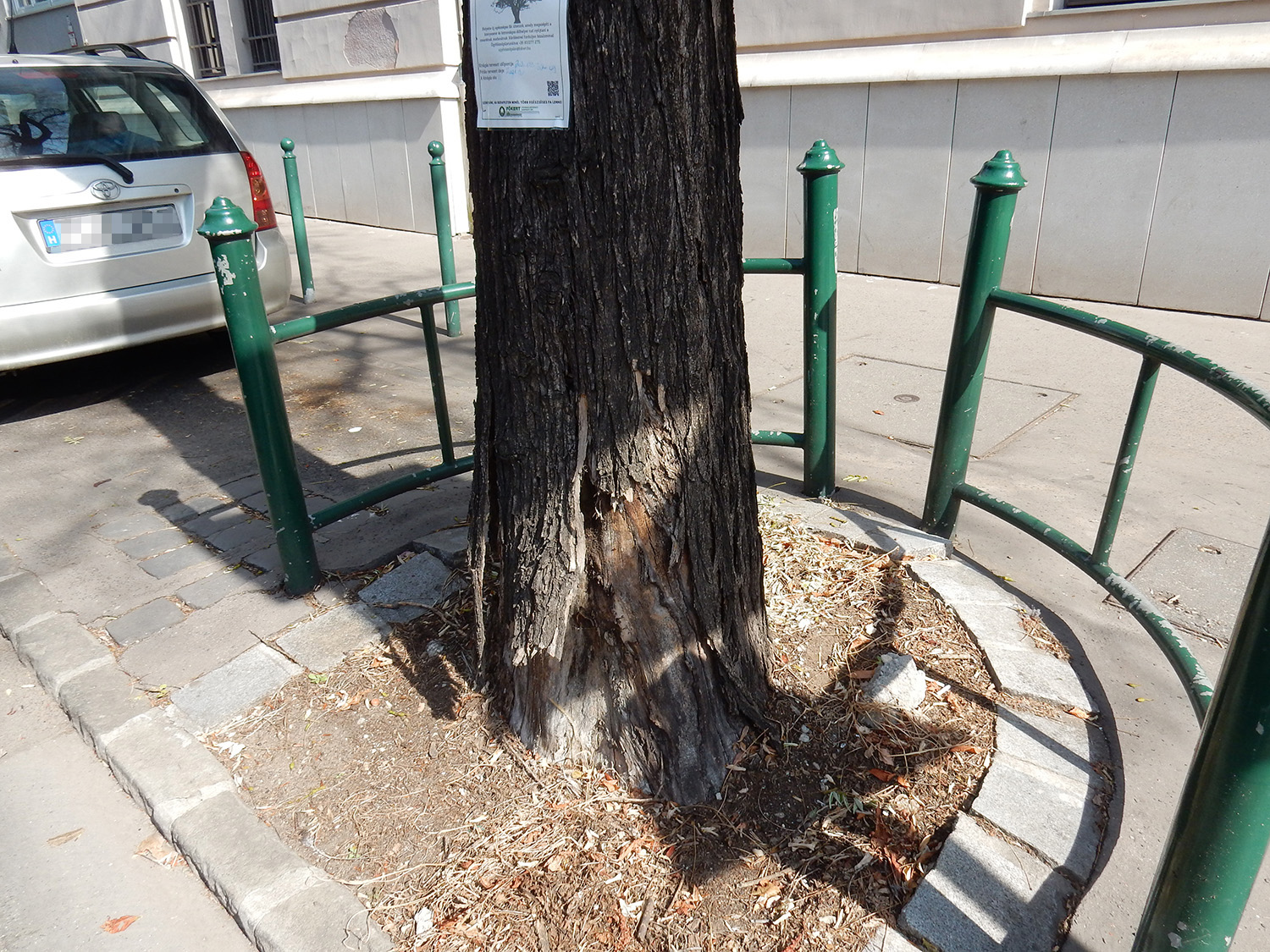
The bark is falling ofthe trunk of the large tree on Krisztina Square (Photo: Péter Bukovszki / pestbuda.hu)
Several smaller trees will be felled on Szilágyi Erzsébet Avenue, in front of 7 and 11 Rákóczi Street, and two in front of 34 Istenhegyi street. Dried out trees will also be removed from in front of 88 Erzsébet királyné Street and Ostoros Street.
Three-lined streets are an important part of the idyllic Wekerletelep, but the time for their revitalisation has come (Photo: Péter Bukovszki / pestbuda.hu)
Wekerletelep in the 19th district is well-known for its huge trees. The plants that line the roads and streets of the area will receive professional care this autumn. The majority of the elms, Japanese pagoda trees and lindens in Wekerletelep are old but healthy. Gardeners will remove branches that reach into buildings, wires or are otherwise dangerous or block pavements. Necessary pruning will also be carried out. Sick, weak trees will be cut down and replaced.
Younger elm trees line the short section of the Corvin Ring-road not in Wekerletelep. (Photo: Péter Bukovszki / pestbuda.hu)
Urban trees live in an artificial environment, constantly changed by human life, without proper care, none of these trees would live as long as trees in the wild. However, they are needed, to bring city life closer to nature, and smuggle something of humanity's natural instinct back into our lives.
Cover photo: Dying and leaning tree of Hűvösvölgyi Road (Photo: Péter Bukovszki / pestbuda.hu)

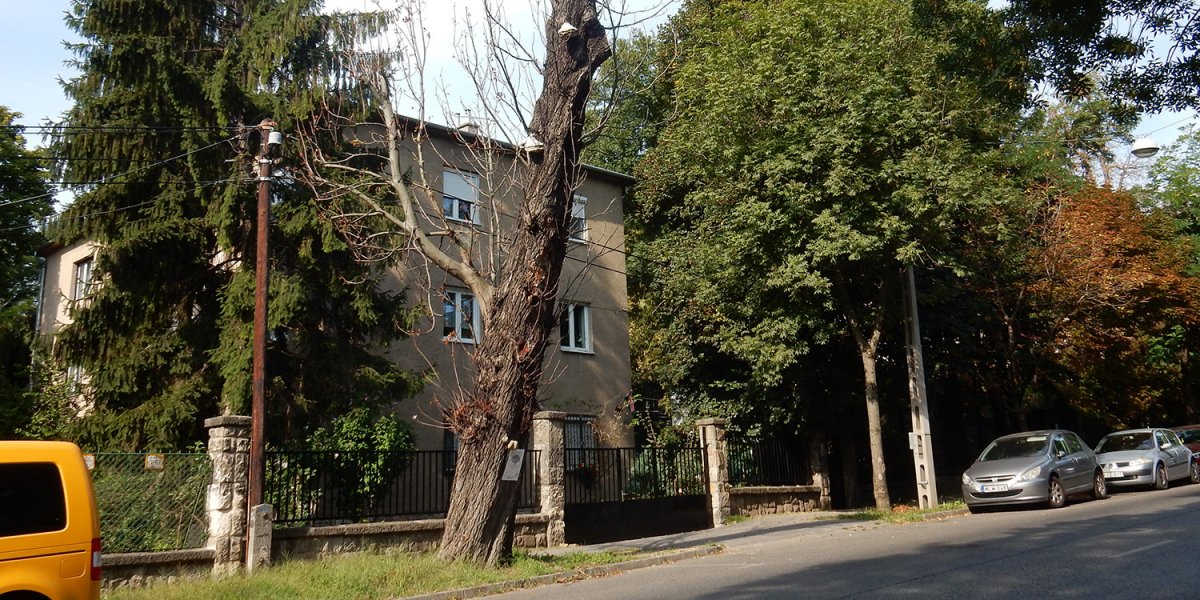

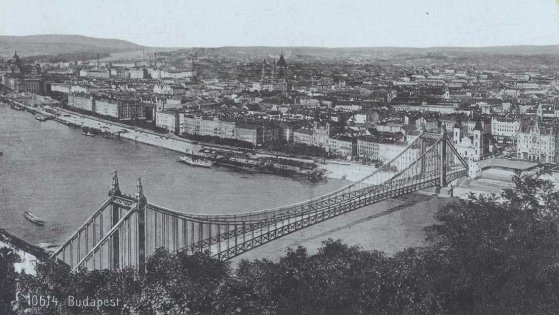
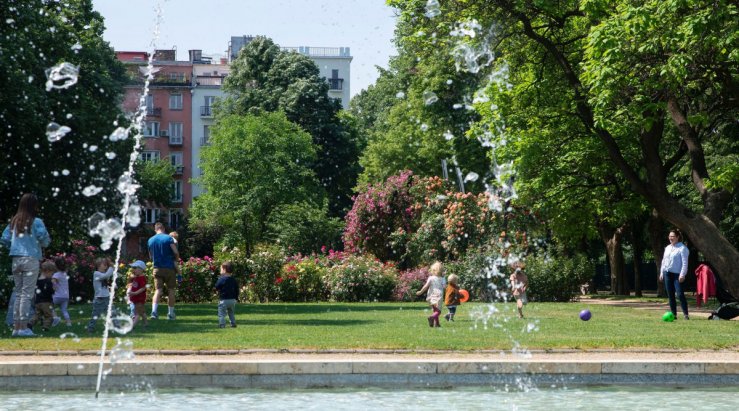
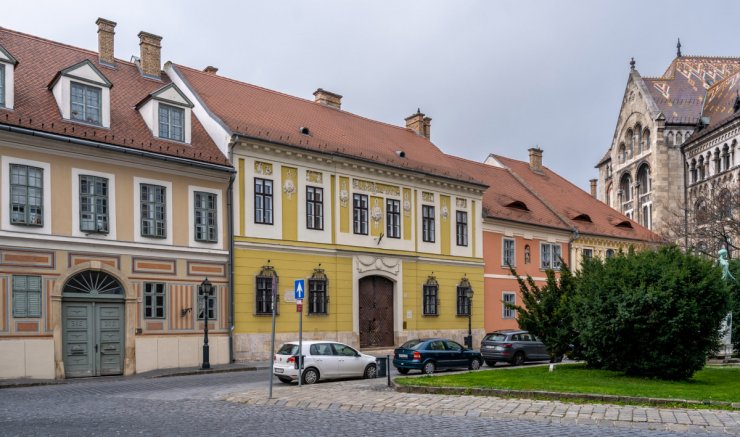

































Hozzászólások
Log in or register to comment!
Login Registration